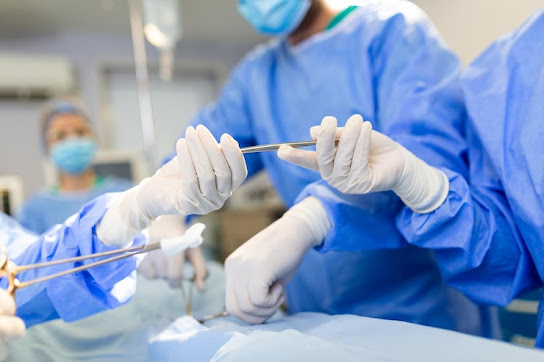How to Know When You Need Circumcision Surgery?
.png)
Circumcision surgery, also known as male circumcision or penile circumcision, is the surgical removal of all or part of the foreskin from the human penis. It may be done for religious reasons or it may be medically recommended (See Anatomy). The word circumcision comes from Latin circumsis, which means to cut around. The surgery may be performed on males of any age, but it is most commonly performed in the newborn period, during the first week after birth. Circumcision is most often practiced in the Jewish and Muslim faiths and is commonly practiced by Mormons in the United States. Things your doctor will ask In order for your doctor to diagnose you with an issue, they'll want to know about any symptoms you're having as well as your medical history. In terms of symptoms, it's important that you let your doctor know if there is any pain or discomfort during urination, erections, or intercourse. They may also ask about any abnormal discharge from the penis and whether or not

.png)




.png)

